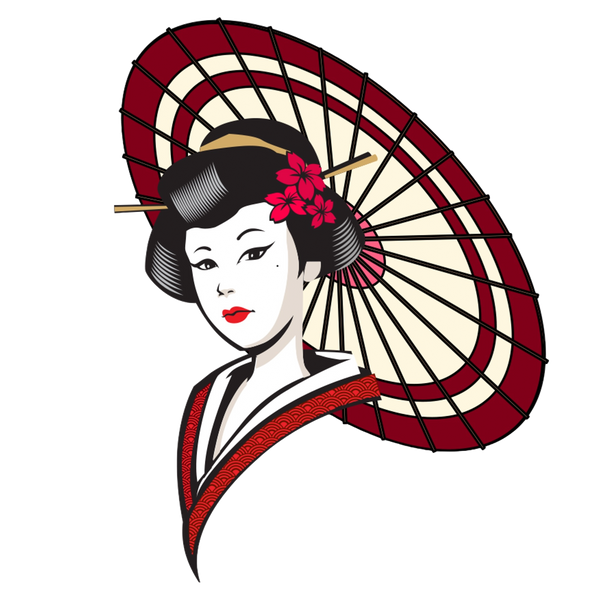
Embracing Health with a Cup of Japanese Green Tea: The Ultimate Health Beverage
Share
Green Tea: A Timeless Tradition
Enjoying a cup of green tea in the morning or after a meal can bring a sense of comfort and wellness. Although now a daily staple, green tea became widely consumed in Japan during the Edo period with the development of Sencha and Gyokuro.
Green tea is unfermented tea, where the leaves are quickly heated after picking to halt oxidation, preserving its rich umami (amino acids). The amino acids theanine and GABA in green tea are known for their relaxing effects.
The Origins of Green Tea
Tea was prized in China during the Han dynasty for its detoxifying properties and later became a daily necessity. In Japan, it was first introduced by the monk Eichu in 805 as a medicinal beverage. The earliest Japanese tea literature, "Kissa Yojoki" by Zen monk Eisai, written in the Kamakura period, extolled tea as an elixir for longevity and well-being.
Health Benefits of Green Tea
Green tea's numerous health benefits are largely attributed to catechins, which are known to:
- Prevent cancer
- Lower blood cholesterol
- Slow aging
- Control blood pressure and blood sugar levels
- Fight viruses
- Prevent tooth decay and bad breath
Green tea also contains caffeine, which can awaken the mind and aid fat burning during exercise. It is rich in vitamins, especially Vitamin C, with one cup providing about 10% of the daily requirement. Other vitamins in green tea include beta-carotene and Vitamin E, both recognized for their anti-aging and cancer-prevention properties.
Culinary Uses of Green Tea
While it may seem surprising, green tea has a long history in cooking. The 1643 "Ryori Monogatari" mentions "Nara-cha," a dish made by boiling rice and beans with tea. Today, matcha is widely used in sweets and various dishes. Matcha, made by grinding tencha leaves, is consumed whole, offering all the nutritional benefits.
In tea-growing regions, fresh tea leaves are sometimes prepared as tempura. In countries like Thailand and Myanmar, dishes like Miang and Laphet are traditional "edible teas."
Spent tea leaves (chagara) from high-quality Sencha can be eaten. Although water-soluble nutrients are extracted during brewing, insoluble components like fiber, Vitamin E, and beta-carotene remain. About 70% of the tea’s nutrients remain in the leaves, making them a valuable ingredient in cooking.
Popular Green Tea Dishes
- Tea Porridge and Ochazuke: Simple yet comforting dishes where tea's aroma infuses the entire bowl.
- Tea for Cooking: Use tea to neutralize fish odors or soften fish bones during cooking.
- Green Tea Flavor Enhancements: Incorporate powdered Sencha or matcha into pasta, tempura batter, or make a furikake seasoning with dried tea leaves, sesame, bonito flakes, and soy sauce.
In today’s world of stress and overindulgence, Japanese green tea, deeply integrated into the local climate and culture, remains an essential component for maintaining health and well-being.
